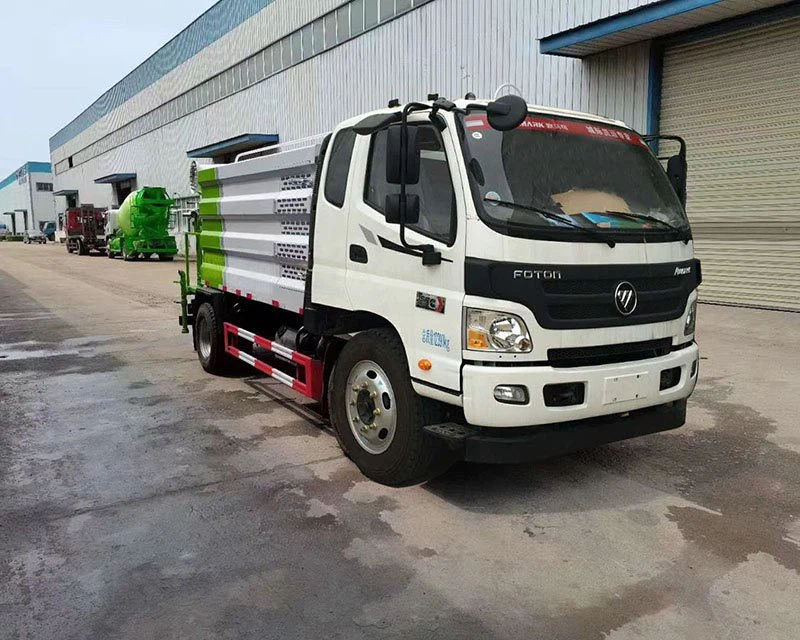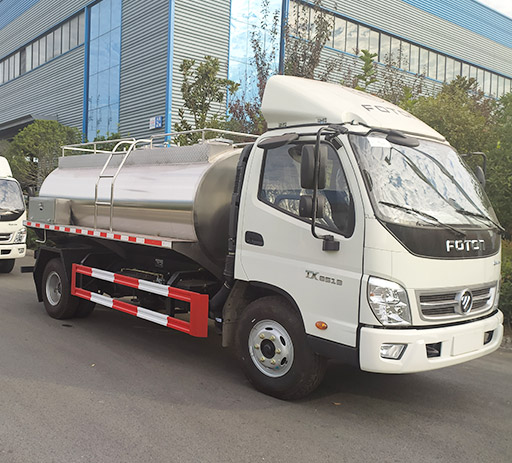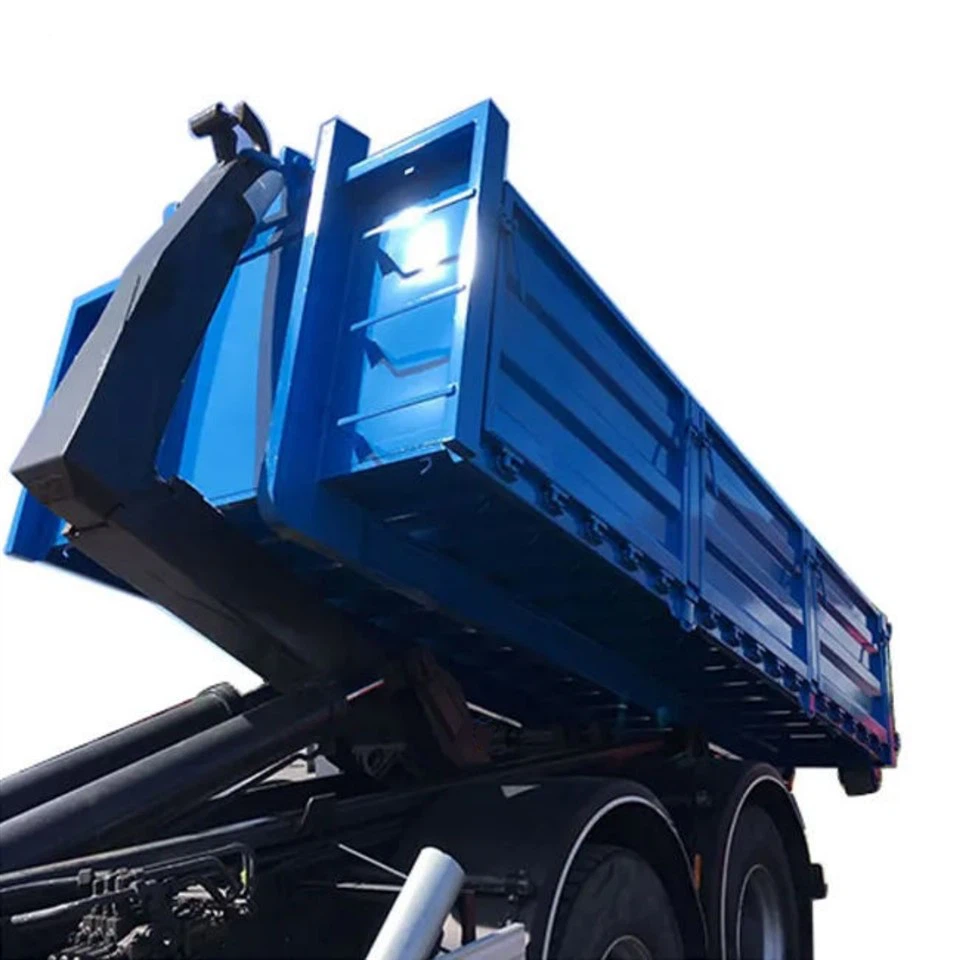Front Loader Construction Truck: Everything You Need to Know

Introduction
In the construction industry, efficiency and precision are paramount. One of the essential vehicles that contribute to these goals is the front loader construction truck. Designed to handle a wide range of tasks from earthmoving to lifting heavy materials, front loader trucks are a staple on job sites around the world. In this article, we will delve into the many aspects of front loader construction trucks, including their types, specifications, functions, and tips for selecting the right equipment for your needs.
What is a Front Loader Construction Truck?
A front loader construction truck is a type of heavy equipment that features a front-mounted bucket, which is used for loading materials into trucks, moving earth, and carrying heavy loads across a job site. It typically consists of a tractor unit that has large tires for traction, a powerful engine for heavy lifting, and hydraulic systems that enable the bucket to pivot, tilt, and raise.
Key Features of Front Loader Trucks
- Hydraulic Systems: Essential for efficient operation and control of the bucket.
- Articulated Steering: Provides excellent maneuverability on tight job sites.
- Versatile Buckets: Available in various sizes and designs for different tasks.
- Tires: Larger tires for rugged terrains and better stability.
Types of Front Loader Construction Trucks
Front loader trucks come in various types, each designed for specific applications. Below are the most common categories:
1. Wheel Loaders
Wheel loaders are the most recognizable type of front loader trucks. They have a front bucket attached to a tractor, making them suitable for moving materials such as sand, gravel, and dirt.
2. Compact Loaders
These are smaller versions of wheel loaders, ideal for tight spaces. They excel in residential projects and minor landscaping tasks.
3. Skid Steer Loaders
Skid steer loaders are compact and maneuverable, with a rigid frame and four wheels that can pivot for sharp turns. They can easily navigate confined areas.
4. Track Loaders

Track loaders use tracks instead of wheels to distribute weight more evenly, making them excellent for soft or muddy ground conditions.
5. Backhoe Loaders
Combining the functions of a front loader and an excavator, backhoe loaders are versatile machines often used for digging and moving materials.
Specifications to Consider
When selecting a front loader construction truck, consider the following specifications:
1. Operating Weight
The operating weight affects the loader’s stability and lifting capabilities. It usually ranges from 2,000 lbs for compact loaders to over 50,000 lbs for larger models.
2. Lift Capacity

This refers to the maximum weight the loader can lift. Larger models can lift over 10,000 lbs, making them suitable for heavy construction tasks.

3. Bucket Size
Bucket sizes vary significantly based on the loader type and application, from 0.5 cubic yards for compact loaders to 5 cubic yards for larger wheel loaders.
4. Engine Power
Measured in horsepower (HP), engine power determines the loader’s performance. Typical ranges are 50 HP for smaller loaders up to 300 HP for larger models.
5. Fuel Type
Most front loaders operate on diesel fuel, providing more torque and efficiency compared to gasoline engines.
Applications of Front Loaders in Construction
Front loader construction trucks offer a wide range of applications, making them essential in various sectors:
1. Earthmoving
Front loaders are often used for grading, excavating, and relocating soil. Their robust design allows them to work on various terrains.
2. Material Handling
They excel at loading and transporting materials like asphalt, gravel, and sand, making them crucial on construction sites.
3. Landscaping
Compact front loaders are ideal for landscaping projects, allowing easy maneuvering and precise control.
4. Snow Removal
With the right attachments, front loaders can clear snow effectively from roads and parking lots during winter months.
5. Demolition
They can be used in demolition projects for tearing down structures and moving rubble.
Buying Guide for Front Loader Construction Trucks
When purchasing a front loader construction truck, follow these practical tips:
1. Assess Your Needs
Determine the tasks you will be using the loader for, as this will help you choose the right size and type.
2. Consider the Terrain
Choose a model with suitable tires or tracks based on the type of terrain you will operate on.
3. Evaluate Fuel Efficiency
Look for models that offer a good balance between power and fuel efficiency to minimize operational costs.
4. Check for Attachments
Consider the availability of attachments, such as forks, buckets, and blades, to increase versatility.
5. Budget Wisely
Set a budget considering not just the initial purchase cost but also maintenance, fuel, and potential repairs.
Maintenance Tips for Front Loader Construction Trucks
Proper maintenance ensures longevity and efficiency. Here are some essential maintenance tips:
1. Regular Inspections
Conduct periodic inspections of fluid levels, tire pressure, and hydraulic systems to detect potential issues early.
2. Cleanliness
Keep the loader clean to prevent corrosion and maintain visibility. Regularly wash the exterior, especially after muddy jobs.
3. Lubrication
Regularly lubricate moving parts to minimize wear and ensure smooth operation.
4. Engine Maintenance
Follow the manufacturer’s guidelines for oil changes and air filter replacements to maintain engine performance.
5. Monitor Wear and Tear
Check the condition of the tires, bucket, and hydraulic hoses, replacing any worn parts as necessary.
Cost of Front Loader Construction Trucks
The cost of front loader construction trucks can vary widely based on several factors:
1. Size and Type
Compact loaders are generally less expensive, with prices starting around $20,000, while larger models can exceed $200,000.
2. New vs. Used
Buying used equipment can save significant money, but be cautious and inspect for wear and repair history.
3. Brand and Model
Popular brands tend to hold value better, often justifying a higher price for the reliability and resale potential.
4. Additional Costs
Consider additional expenses such as insurance, transportation, and maintenance when budgeting.
Common Mistakes to Avoid
When using or purchasing front loader construction trucks, avoid these common pitfalls:
1. Skipping Training
Ensure operators are fully trained on equipment to avoid accidents and improve efficiency.
2. Neglecting Routine Maintenance
Failure to maintain equipment can lead to major repairs and downtime.
3. Ignoring Manufacturer Guidelines
Always follow the manufacturer’s instructions for operation and maintenance to ensure optimal performance.
4. Overloading the Loader
Exceeding the loader’s lift capacity can damage the equipment and pose safety risks.
Frequently Asked Questions (FAQs)
1. What is the difference between a front loader and a backhoe?
A front loader has a bucket at the front for lifting and moving materials, while a backhoe features a digging bucket at the rear for excavating.
2. How do I choose the right front loader size?
Consider your project needs, terrain type, and weight capacities to determine the appropriate loader size.
3. What attachments can be used with front loaders?
Common attachments include forks, snow plows, graders, and various bucket sizes for different tasks.
4. Can front loaders work on steep slopes?
While some models are designed for stability on slopes, always check the manufacturer’s specifications for safe operation on inclines.
5. What fuel do front loader construction trucks use?
Most front loaders run on diesel fuel due to its efficiency and torque capabilities.
